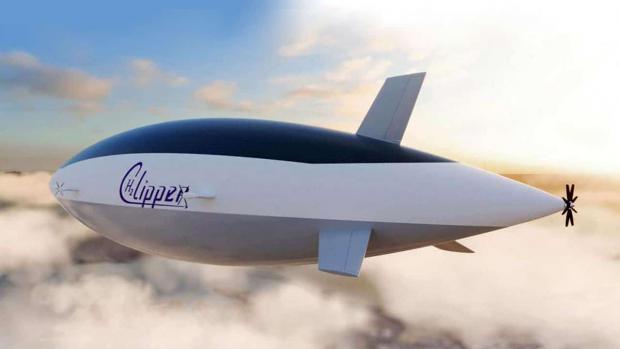
Breaking News
 The 3 Reasons Behind US Plot to Depose Venezuela's Maduro – Video #254
The 3 Reasons Behind US Plot to Depose Venezuela's Maduro – Video #254
 Evangelicals and the Veneration of Israel
Evangelicals and the Veneration of Israel
 Zohran Mamdani's Socialist Recipe for Economic Destruction
Zohran Mamdani's Socialist Recipe for Economic Destruction
 BREAKING: Fed-Up Citizens Sue New York AG Letitia James for Voter Intimidation...
BREAKING: Fed-Up Citizens Sue New York AG Letitia James for Voter Intimidation...
Top Tech News
 Goodbye, Cavities? Scientists Just Found a Way to Regrow Tooth Enamel
Goodbye, Cavities? Scientists Just Found a Way to Regrow Tooth Enamel
 Scientists Say They've Figured Out How to Transcribe Your Thoughts From an MRI Scan
Scientists Say They've Figured Out How to Transcribe Your Thoughts From an MRI Scan
 SanDisk stuffed 1 TB of storage into the smallest Type-C thumb drive ever
SanDisk stuffed 1 TB of storage into the smallest Type-C thumb drive ever
 Calling Dr. Grok. Can AI Do Better than Your Primary Physician?
Calling Dr. Grok. Can AI Do Better than Your Primary Physician?
 HUGE 32kWh LiFePO4 DIY Battery w/ 628Ah Cells! 90 Minute Build
HUGE 32kWh LiFePO4 DIY Battery w/ 628Ah Cells! 90 Minute Build
 What Has Bitcoin Become 17 Years After Satoshi Nakamoto Published The Whitepaper?
What Has Bitcoin Become 17 Years After Satoshi Nakamoto Published The Whitepaper?
 Japan just injected artificial blood into a human. No blood type needed. No refrigeration.
Japan just injected artificial blood into a human. No blood type needed. No refrigeration.
 The 6 Best LLM Tools To Run Models Locally
The 6 Best LLM Tools To Run Models Locally
 Testing My First Sodium-Ion Solar Battery
Testing My First Sodium-Ion Solar Battery
 A man once paralyzed from the waist down now stands on his own, not with machines or wires,...
A man once paralyzed from the waist down now stands on his own, not with machines or wires,...
Could hydrogen airships return as fast, cheap, green cargo transports?

The H2 Clipper would carry payloads up to and beyond 340,000 lb (150,000 kg), says the company, and would offer up to 265,000 cubic feet (7,530 cubic metres) of cargo space. It wouldn't travel as fast as a plane, cruising at about 175 mph (282 km/h), but it would move boxes some 7-10 times faster than a boat (China to the US in 36 hours, for example) and with zero emissions.
Its lift gas would be hydrogen – providing some 8 percent more lift per volume than helium at something around 1/67th the price. Its propulsion would be fully electric, running on liquid hydrogen put through a fuel cell. H2 Clipper says it'd operate efficiently for missions ranging from under 500 miles (804 km) to "well over 6,000 miles (9,656 km)." That would link any two points on the globe with a single fuel top-up. In the current renders, the company shows the top of this huge aircraft covered in photovoltaic cells, which could theoretically enable it to generate its own hydrogen, if it were to carry a water source and an electrolyzer.
With the right provisions put in place, it could take goods right from a factory to a distribution center without needing additional ground transport stages to and from airports, thanks to its vertical takeoff and landing capabilities.
H2 Clipper says the economics will be attractive as well, estimating costs between US$0.177 to $0.247 per ton-mile for distances between 1,000-6000 miles. It says this is a quarter of the price of today's air transport. Certainly, it'll still be more expensive than sending things on a container ship, but it does potentially cut out additional logistics challenges at either end – and the shipping sector's emissions issues could well see it slapped with carbon taxes as the race to zero carbon by 2050 develops globally.
On the surface, it all looks to work pretty neatly. Of course, there's a large elephant in the room here, or at least a huge manatee: hydrogen, along with any other flammable substance, is currently prohibited as a lift gas in the United States and Europe, due to some high-profile dirigible disasters in the early 1900s, burned into the public consciousness by newsreels of the Hindenburg conflagration in 1937 that killed 35 of the 97 people on board.



